Whether you’re new to strength training or looking to take your performance to the next level, incorporating a weightlifting belt into your routine can make a substantial difference. While it might seem like a simple accessory, a weightlifting belt is one of the most important tools for anyone lifting heavy weights. It provides essential core support, promotes proper form, and reduces the risk of injury. But with so many options available, how do you know which belt is right for you?
This comprehensive guide covers everything you need to know before purchasing your first weightlifting belt—types, materials, sizing, features, top brands, and how to use it effectively.
What Is a Weightlifting Belt and Why Use One?
A weightlifting belt is a thick band made from sturdy material like leather or nylon, worn around the waist during resistance training. Its primary purpose is to increase intra-abdominal pressure, stabilizing the spine and allowing you to lift heavier weights with greater control.
Key Benefits of Using a Weightlifting Belt
Enhanced Core Stability: Belts assist in bracing your core by giving your abdominal muscles something to push against.
Improved Lifting Mechanics: Wearing a belt promotes better posture and form, especially during heavy compound lifts.
Injury Prevention: Reducing spinal compression and supporting the lower back can prevent strains and overuse injuries.
Psychological Confidence: Many lifters report feeling more secure and confident when wearing a belt, especially during personal records.
Understanding Different Types of Weightlifting Belts
When choosing a belt, the type matters. Each variety is tailored for specific training styles and goals. Let’s break them down.
1. Powerlifting Belts
Design: Thick, rigid, and usually 4 inches wide all around.
Material: Typically made of stiff leather.
Ideal For: Squats, deadlifts, and other powerlifting movements.
Pros: Offers maximal support and stability.
Cons: Can restrict movement for dynamic lifts.
2. Olympic Weightlifting Belts
Design: Tapered, wider at the back, narrower at the front.
Material: Softer, more flexible leather or nylon.
Ideal For: Clean and jerk, snatches, and other Olympic lifts.
Pros: Allows more freedom of movement.
Cons: Slightly less support for max-effort lifts.
3. Lever Belts
Mechanism: Features a metal lever for easy on/off.
Fit: Provides consistent tightness.
Ideal For: Powerlifters who need a very tight, secure fit.
Pros: Fast to secure; ultra-snug.
Cons: Adjustments require a screwdriver.
4. Velcro (Hook-and-Loop) Belts
Material: Nylon with Velcro closures.
Ideal For: CrossFit, circuit training, general fitness.
Pros: Lightweight, adjustable, and comfortable.
Cons: Less support for heavy loads; wears out faster.
Choosing the Right Material
The two most common materials—leather and nylon—offer very different experiences.
Leather Belts
Durability: High. They can last years or even decades.
Support: Excellent, especially in thick models.
Break-In Period: Requires time to conform to your body.
Best For: Heavy lifters, powerlifters, and advanced trainees.
Nylon Belts
Flexibility: More forgiving than leather.
Comfort: Lightweight and breathable.
Use Cases: Best for moderate weights, high-rep sets, or accessory work.
Best For: CrossFitters, beginners, and athletes doing varied movements.
Key Construction Features to Consider
When investing in a weightlifting belt, pay attention to craftsmanship. A well-constructed belt will serve you reliably over time.
Stitching Quality
Double or Triple Stitching: Ensures the belt won’t unravel under stress.
Reinforced Edges: Help the belt retain its shape and integrity.
Buckle and Closure Systems
Single/Double Prong: Classic and reliable, but takes longer to adjust.
Lever Mechanism: Perfect for those who want a quick release.
Velcro Strap: Ideal for general fitness but may lose grip over time.
How to Measure and Find the Right Fit
Step 1: Measure Your Waist
Don’t use your pants size. Instead:
Measure around your waist at the level where you wear the belt, typically above your belly button.
Use a soft measuring tape to get the most accurate reading.
Step 2: Refer to Manufacturer’s Sizing Charts
Each brand has its own sizing. Never assume a medium from one company will fit the same as another.
Step 3: Consider Adjustable Features
Multiple holes allow you to tweak tightness depending on bloating or clothing.
Velcro belts provide infinite adjustability but can lose grip over time.
Thickness and Width: What’s Right for You?
Standard Belt Thicknesses
10mm: The most common for general lifting—offers support and flexibility.
13mm: Provides maximum stiffness; ideal for elite lifters who need top-tier support.
Ideal Width for Support
4-inch Width: Industry standard that balances support and comfort.
Tapered Width: Narrow in front for comfort, wide in the back for support—ideal for Olympic lifts.
Comfort and Ergonomics
Support is vital, but comfort can’t be ignored.
Contouring and Padding
Some belts include ergonomic features like:
Padded linings for reduced chafing.
Curved designs that match the body’s natural shape.
Breathability
If you train in hot or humid environments, choose belts with:
Mesh linings
Ventilation holes
Moisture-wicking materials
Brand Comparisons and Recommendations
Here are a few top brands known for quality and performance:
| Brand | Best For | Price Range | Notable Features |
|---|---|---|---|
| Inzer | Competitive powerlifters | $100–$200 | Lever belts, 13mm thick, lifetime use |
| Rogue | All-around lifters | $60–$150 | Quality leather and nylon belts |
| Pioneer | Customization lovers | $100–$250 | Custom designs, high-end craftsmanship |
| Harbinger | Beginners | $30–$60 | Affordable, lightweight belts |
| Schiek | Comfort seekers | $50–$100 | Contoured, padded nylon options |
Budgeting: What Should You Expect to Spend?
Budget Options ($30–$60)
Best for beginners or casual lifters.
May lack high-end durability but sufficient for moderate weights.
Mid-Range Options ($60–$120)
Offer better construction, comfort, and longevity.
Suitable for most intermediate lifters.
Premium Options ($120–$250)
Built for competitive lifting or long-term use.
Usually made of thick leather with premium hardware.
Proper Usage of a Weightlifting Belt
When to Use It
Heavy Lifts: Squats, deadlifts, overhead presses.
Near-Max Efforts: When lifting at 80%+ of your one-rep max.
Not For: Warm-ups, light accessory work, or cardio.
How to Wear It
Position: Wrap around the abdomen, just above the hip bones.
Tightness: Should be snug enough to brace against but not cut off your breath.
Breathing and Bracing Techniques
Inhale deeply, pushing your belly outward into the belt.
Hold the breath during the lift (Valsalva maneuver), then exhale slowly once the rep is complete.
Maintenance and Longevity
Cleaning Your Belt
Leather: Wipe down with a damp cloth; condition periodically with leather balm.
Nylon: Hand wash with mild detergent and air dry.
Storage Tips
Hang it or lay it flat to prevent warping.
Keep it out of direct sunlight and moisture to avoid cracking or mildew.
Common Mistakes First-Time Users Make
1. Wearing the Belt Too Often
Overuse can lead to dependency. Train your core without a belt for lighter lifts.
2. Choosing the Wrong Size
Sizing mistakes are common—always refer to the manufacturer’s chart and re-measure periodically.
3. Ignoring Belt Thickness
Some users find 13mm belts too rigid and uncomfortable. Unless you’re an elite lifter, 10mm often suffices.
4. Improper Belt Positioning
Positioning the belt too high or too low can compromise its support and effectiveness.
Final Thoughts: Should You Get a Weightlifting Belt?
A weightlifting belt isn’t a shortcut to better lifting—it’s a tool. When used correctly and sparingly, it can help improve your lifting technique, prevent injury, and give you the confidence to lift heavier. However, no belt can replace proper form, progressive training, and core strength development.
So, is it time to buy one? If you’re consistently lifting moderate to heavy loads and want to push your limits safely, the answer is yes. With the right belt, you’ll not only perform better but lift smarter.
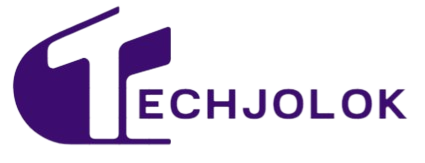
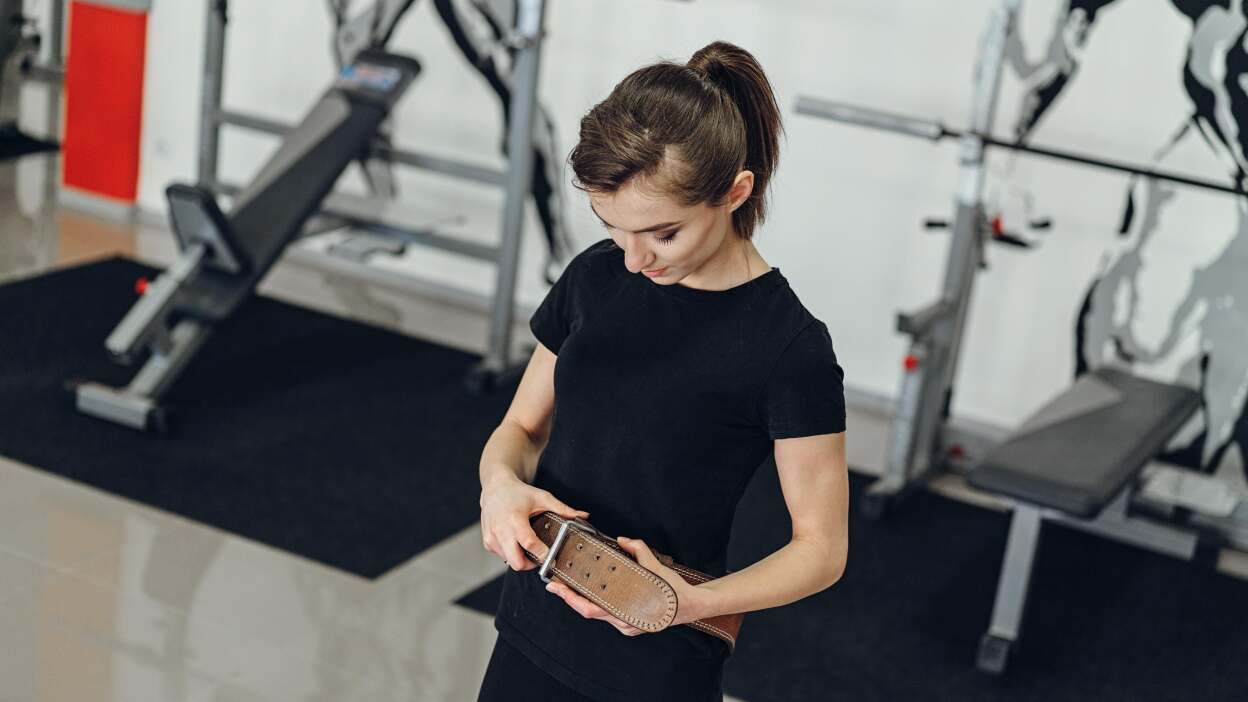
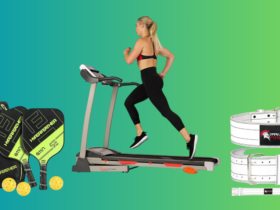


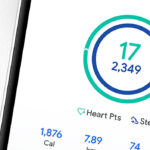









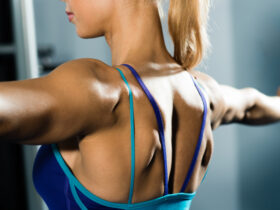
Leave a Review